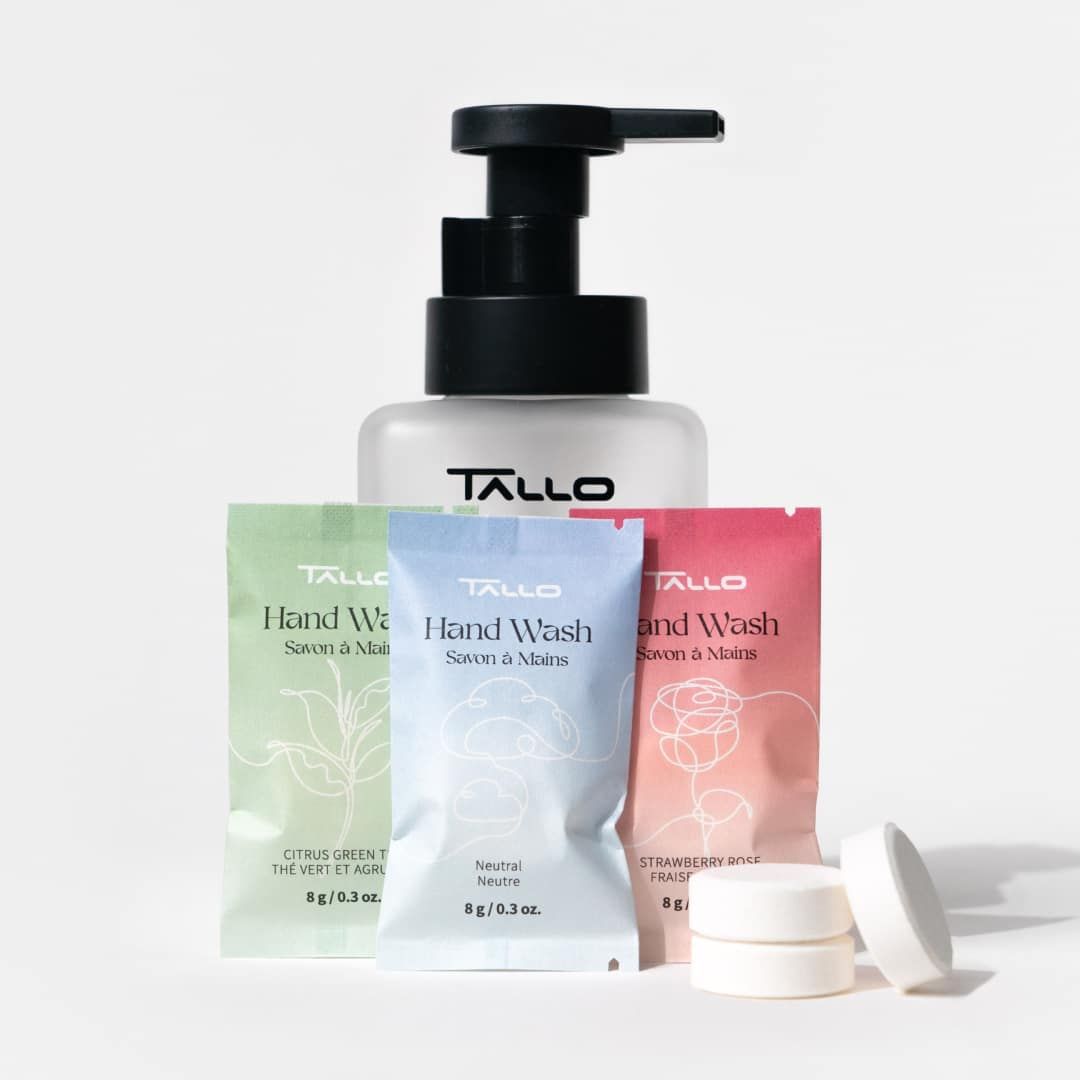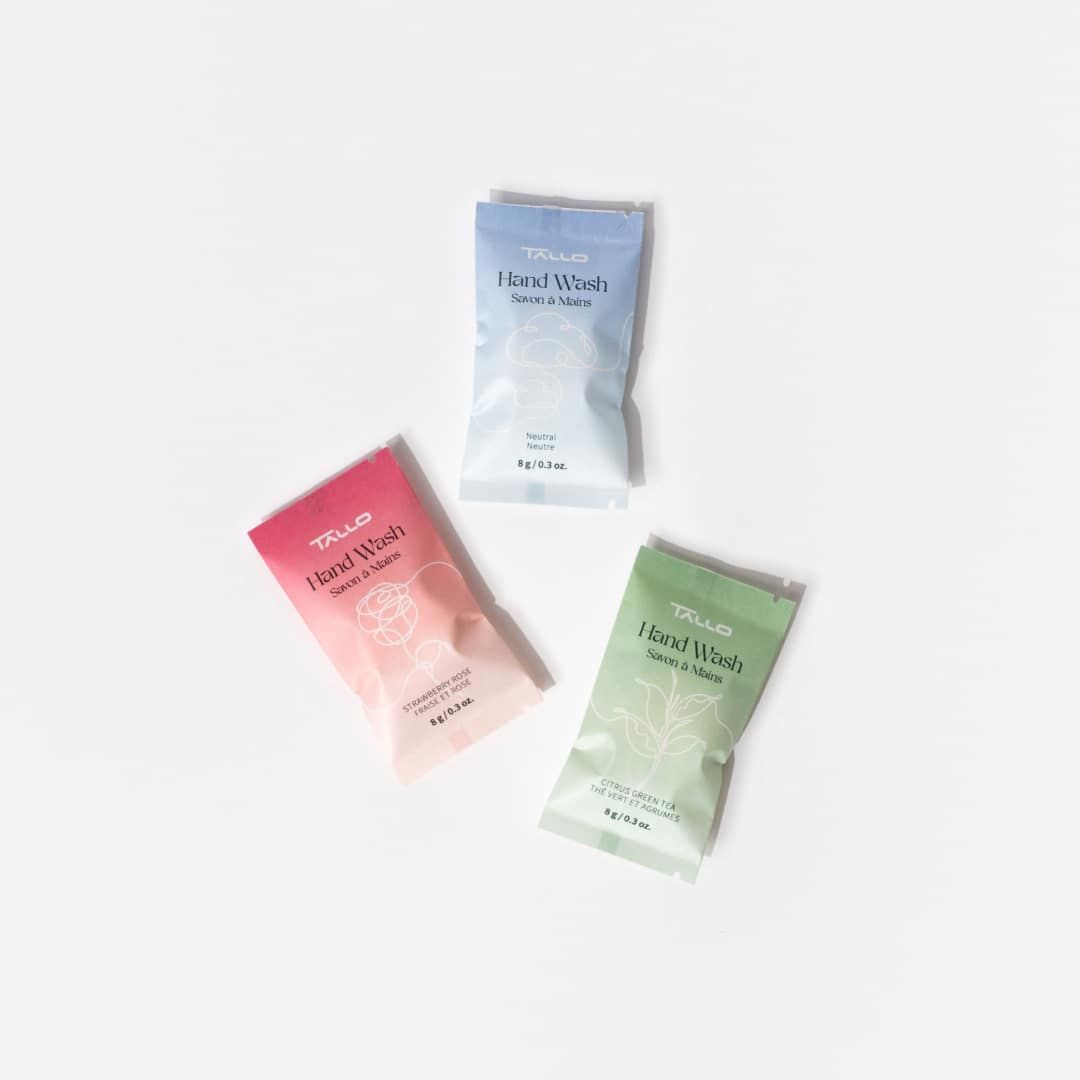Frequently Asked Questions
Handwash
We also suggest you consult your physician before using our product.
You should keep our refill tablets out of reach of children.
You can dissolve the tablets in either hot or cold water.
Candle
Choose an old empty candle jar or a container that has been proven safe and can withstand high temperatures. Consider repurposing a 3” – 4” wide old vessel that is sturdy with non-flammable and non-porous properties.
These will work:
- Glass (jelly jars, canning jars)
- Glazed pottery
- Sealed tins
- Any container with an equal width top and base
These will not work
- Flammable materials (wood, coconut shell, plastic)
- Broken or chipped containers
- Porous ceramic
- Cement
It is recommended that you use a soft utensil to break apart the big chunk of wax left over and then pour hot water over it to melt any smaller pieces of wax remaining.
You can run the container through the dishwasher once most of the wax has been removed or scrub it with soap and hot water.
Alternatively: Pour very hot water directly into your container with leftover wax and wait for approximately 30 minutes or until the wax is lifted and cooled on the surface. You can now use your hands to break apart the wax and dispose of it properly.
Vegetable waxes are biodegradable.
Paraffin waxes can only be put in the garbage.
Our coconut soy blend wax is so soft you can clean the jar or tin without much effort. Our wax blend and wick are completely biodegradable. Recycling is possible with our metal wick tabs.
We recommend you allow your candle to melt all the way to the sides every time is burned to prevent tunneling.
Trim the wick to 1/4 to 1/2” above the surface before burning your candle.
You should also allow your candle to burn for longer the first time it is lit (2-3 hours).
One reason is you have chosen a container that is too large for our wick which is designed to be used in a 3″ wide container.
Another reason: In order to safely light your candles and make them more enjoyable, you should trim your wicks before lighting them each time.
Cutting the wick just right is crucial for a successful burn. Cutting too short will result in a lack of heat. As a result, the flame cannot generate sufficient energy to burn the wax, eventually drowning out the flame.
There should be about 1/4 – 1/2″ of wick measured up from the surface of the candle to ensure good combustion qualities.
To fix this, use an alternative heat source to melt the wax and carefully discard the hot wax pool to get some room around your wick, or scrape away at what’s surrounding your wick with a household utensil when it’s cool.


